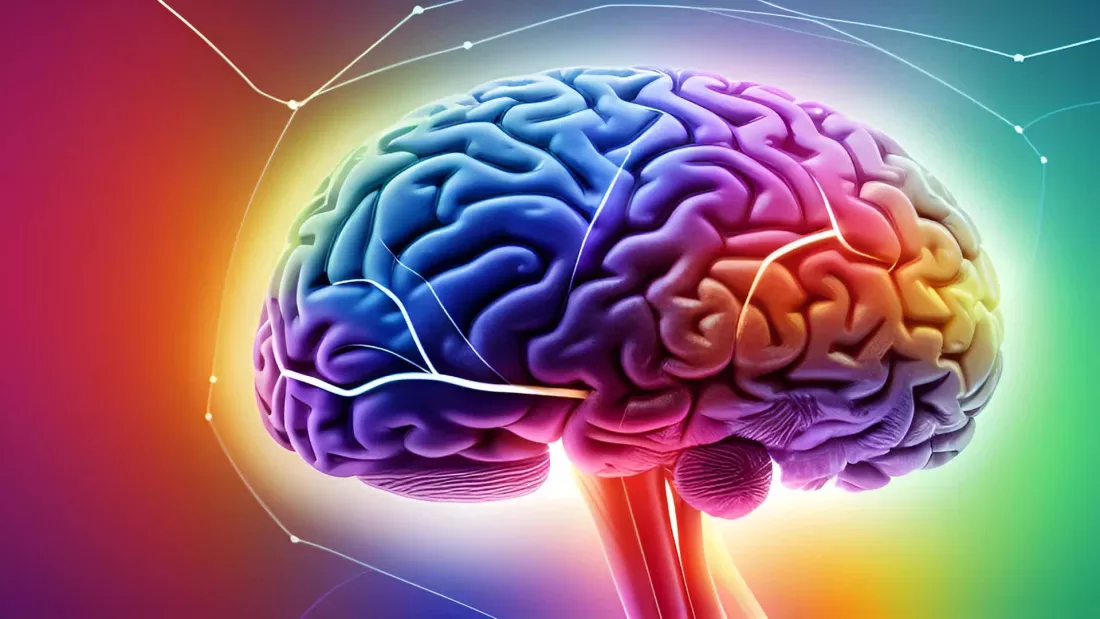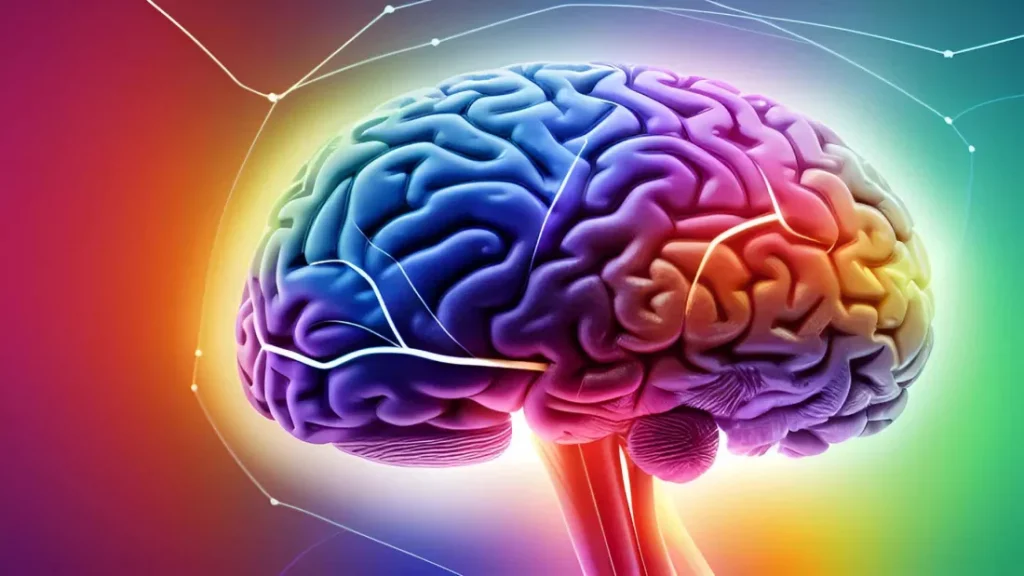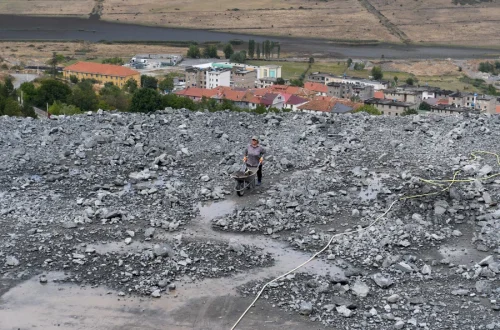
Groundbreaking 3D brain scan generated 1.4 petabytes of data from millimeter-sized sample
Researchers have reconstructed a minuscule piece of the human brain down to the level of individual synapses, representing a giant leap forward for brain science. And we’re not just talking about a few neurons here. This millimeter-sized cube contains a staggering 57,000 cells, 230 millimeters of tiny blood vessels, and nearly 150 million synaptic connections, all mapped out in glorious 3D detail.

The process began with a surgically removed sample of brain tissue taken from a woman with epilepsy during brain surgery meant to help control her seizures. After chemical preparation to enhance contrast, the specimen was embedded in resin and sliced into an astounding 5,000 sections, each about a thousandth the thickness of a human hair.
From there, high-throughput electron microscopy was used to scan each sliver, generating a staggering 1.4 petabytes of raw data. The Google team then used a machine-learning model to align and reconstruct all the 2D images into a detailed 3D dataset.
The map contains the highest-resolution picture of the human brain ever created, covering a cubic millimeter that is a millionth the size of the entire brain.
The math whiz kids over at Tom’s Hardware performed some number crunching to calculate the space the entire map of the human brain would need. That would add up to 1.6 zettabytes of storage – a data center costing $50 billion and spanning 140 acres.




